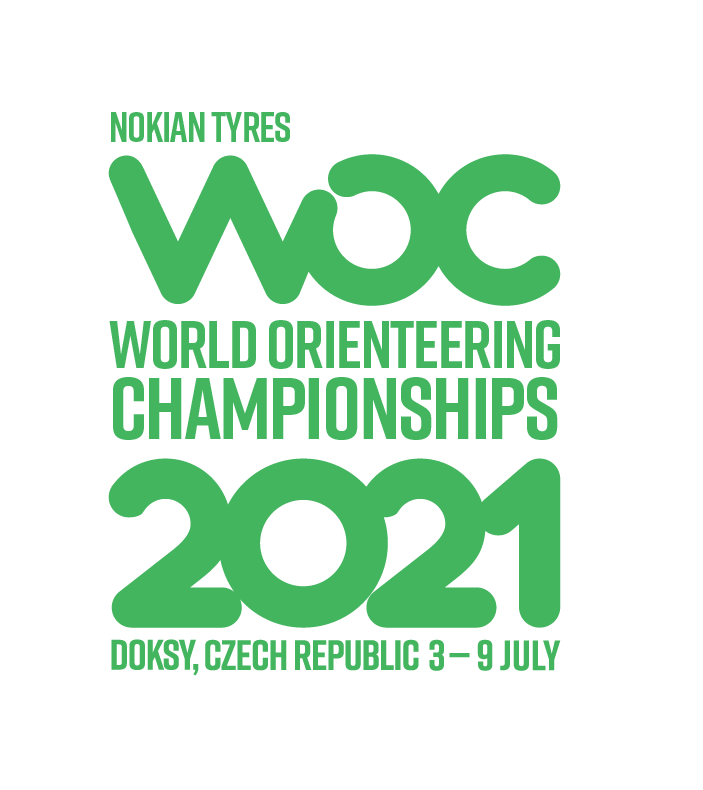OCAD and WOC2021
WOC 2021 organizers started the cooperation with OCAD AG and its Czech representation OCAD.cz. The organizing team received OCAD software versions Orienteering and Course Setting that have been used for course setting, mapping, arena planning or data preparation.
We have already talked about using OCAD with the head cartographer Aleš Hejna. However, map creation was not the only area where the software was widely used. We asked the event sport director and the WOC sprint course setter Daniel Wolf and the head of the WOC “forest section” and the author of the 2018 “course of the year” by worldofo.com Jindřich Kořínek about their experience with OCAD.
What do you appreciate about OCAD? Why do you actually use it?
Dan Wolf: I’ve been working with OCAD since the beginning of my course setter and organizer “career”. Basically at the same time when I started to be active as an organizer of club trainings and competitions, OCAD came up with the first version for course setters, which made it much easier compared to the possibilities we had before when we draw courses manually with a marker. So I’ve learned to work in OCAD from the very beginning, and I’m so used to it over the years that I’m lazy to switch to an alternative program. And most importantly, I have no reason. OCAD offers me everything I need for my occasional mapping and especially for course setting and maps printing. The disadvantage is, of course, the more expensive price and thus lower availability. In case you have dozens of people in the club who prepare maps and courses for competitions or club trainings and who need to transfer files between each other, it is either expensive to obtain licenses for all of them, or it is inconvenient to transfer them from one person to another. But along with the subscription model and the ability to unsubscribe from a license when shutting the program down in the case of team licenses, this has also been greatly simplified in recent years.
Jindra Kořínek: I’ve been working with OCAD for a few years, and even though I’m no programmer, I always find what I need. I don’t like manuals but since the program remains the same and only the number of functions increases, I can handle it so far. I believe that no one from the team ever considered using a different program for course setters.
What functions do you use most often when setting courses or when preparing for controls placing?
Dan Wolf: When setting courses, I use standard course-setter tools, and appreciate good course and event statistic, minimum distance check between two controls according to rules, etc. Also, OCAD is very fast in implementing new symbols in case there are changes to control descriptions or map keys, which are now quite common. And I’m glad we don’t have to buy a new OCAD version just because of that. Apart from that, I use a module for setting relays, which I think is very sophisticated. So far, I haven’t had a chance to learn much about auto control descriptions, and I sometimes use the route analyzer for sprints.
Jindra Kořínek: I don’t use anything special when I prepare a control placing plan. I have just courses available for the team which covers control placing and placing check as both functions go hand in hand. What I do though when preparing a course is colors fine-tuning for example.
How has OCAD made course setting easier for you?
Dan Wolf: As I said, I have been setting courses in OCAD from the very beginning, that’s about 16 years already. I remember preparing two competitions in older Czech software, which cannot be compared to the experience which OCAD brought. And I even recall one competition with hand-drawn courses, it was an experience above all. Since then, OCAD truly made our work much easier. In my club, all our trainers were taught how to use OCAD, we print our trainings directly from there, it’s all easier.
From the recent improvements, I appreciate the progress in the course statistics, and tools for a quick map key conversion. It’s very useful when you need to revise an older sprint map. There are also new tweaks that simplify drawing, or filling areas, which is appreciated mainly by mapmakers but also course setters when drawing restricted areas etc. For sprints, the route analyzer is certainly very helpful, and from my experience it works well in typical urban areas. But in my opinion, some development is still needed, or I may not be able to use it that well yet.
Jindra Kořínek: 20 years ago, when I had my premier as a course setter at Nice Holidays, I received a package of maps from previous years, and built individual courses on it. Control sequences were then pushed into OOrg, map changes were made in OCAD (we had to travel to Liberec to find someone with OCAD in his computer), and the courses were drawn by hand on offset printed maps. It was a prehistoric period. Today, anyone can create a map, edit it, and set courses on it. All in one professional product available to everyone.



